- Home
- Information & Education
Information & Education

The Hawaiian Islands have a rich and valuable indigenous culture that survives today as seen in the hula, surfing, chanting, and lei making. Hawaiians created exquisite shell jewelry using Kahelelani shells. These jewels from the sea are still collected and strung in the same manner the ancients employed.
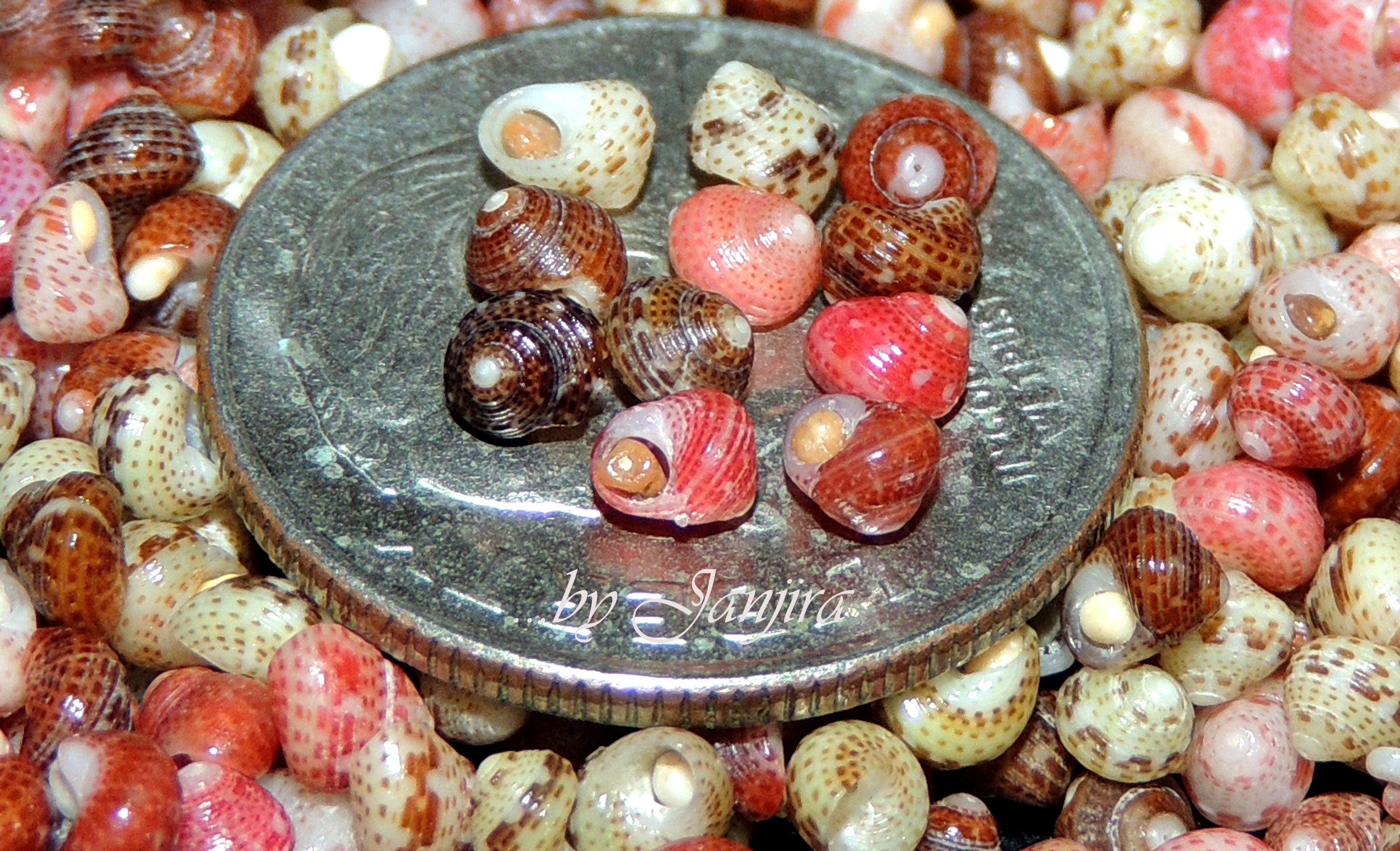

The Kahelelani shell is the most sought after of the rare Niihau and Kauaian shells. It is the smallest and therefore the most difficult to collect and string. The Kahelelani is also the most colorful shell used in Niihau and Kauaian shell leis.
The Kahelelani shells pictured here are handpicked from the beaches of Kauai. The average size of Kahelelani shells will range from3-5 mm in diameter and shaped like the rounded head of a pin.
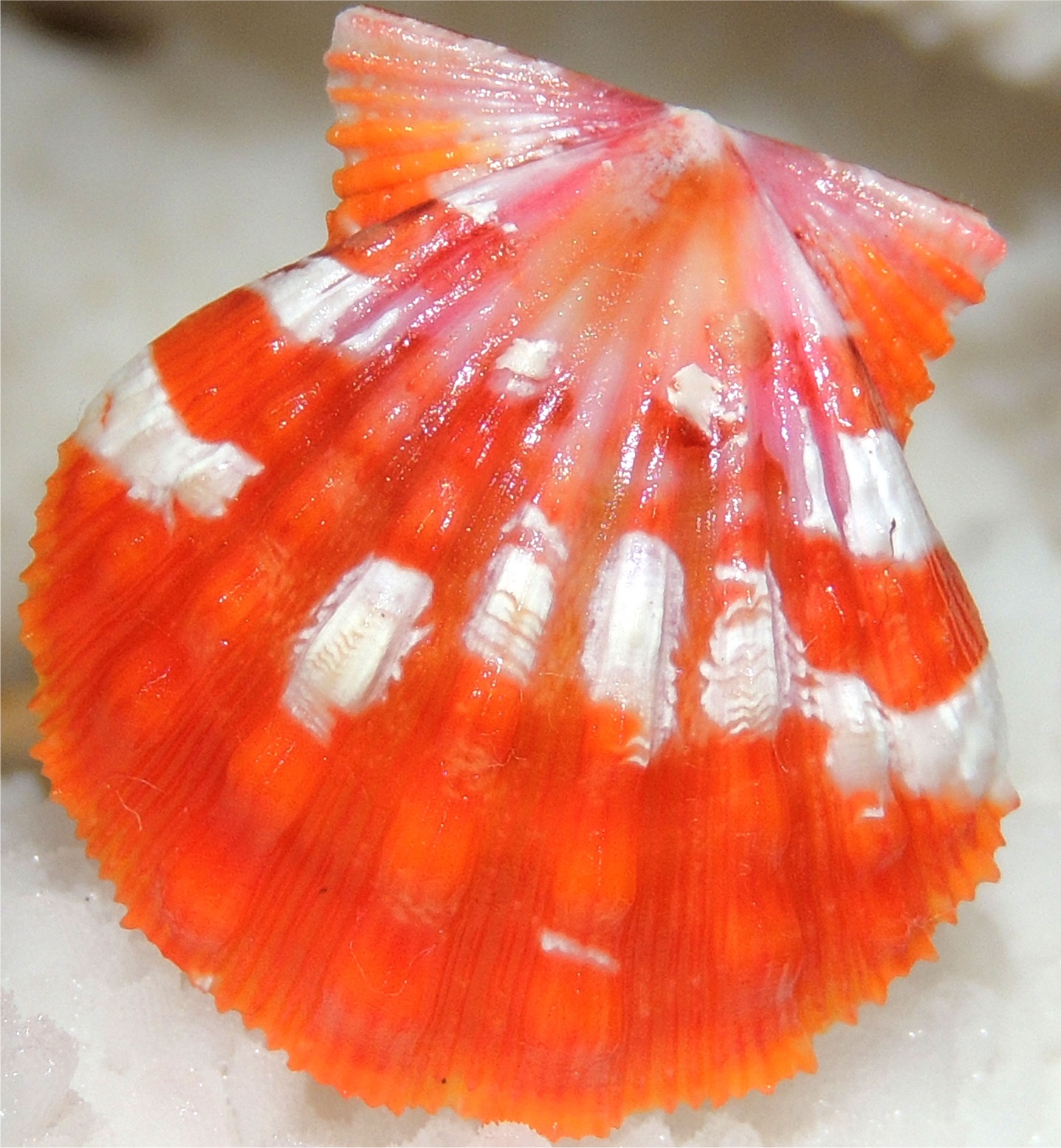

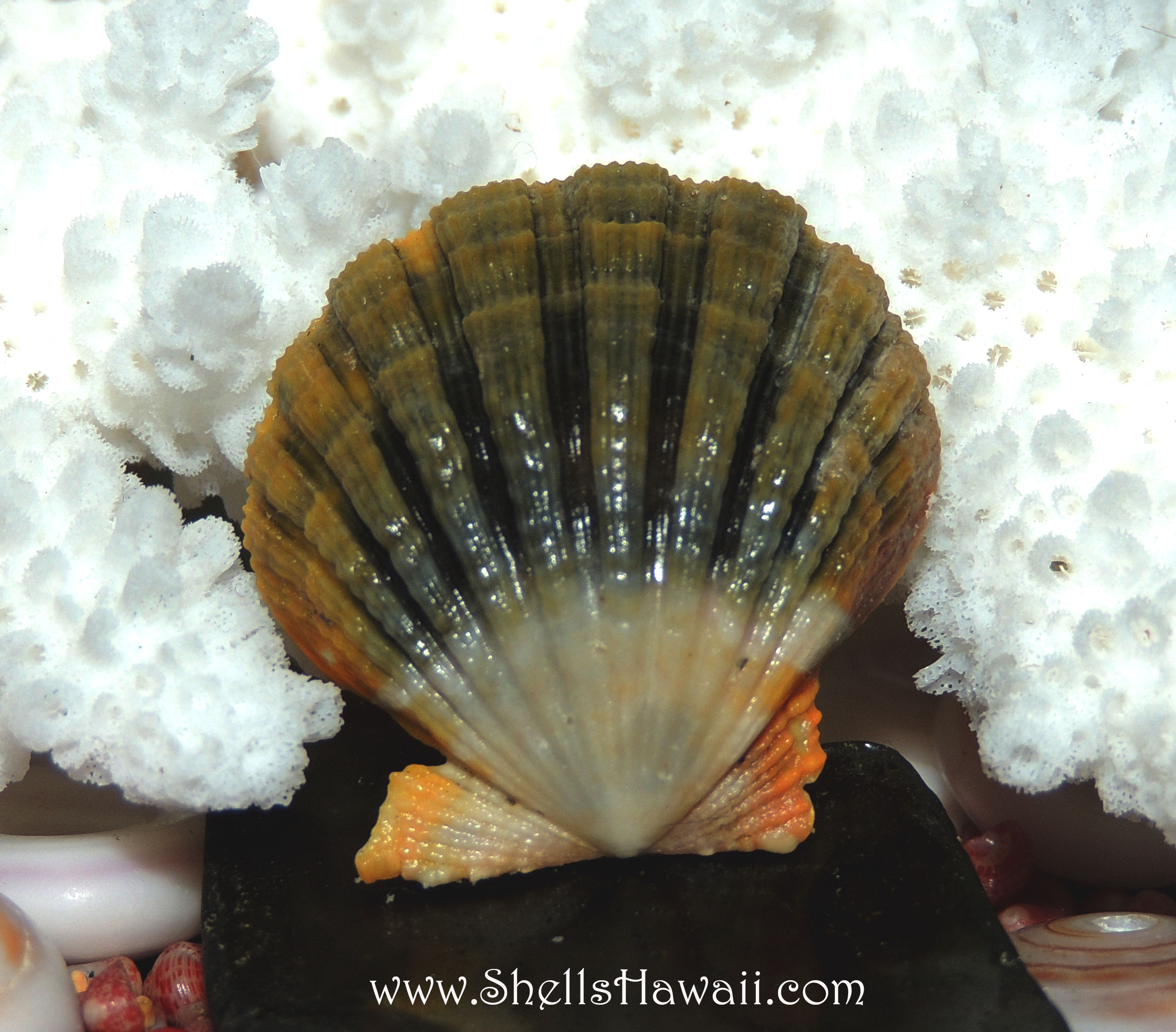
These shells are known as Sunrise shells because they’re easiest to spot in the early morning. They are unique to Hawaii. It is one of the islands’ rarest shells. Value and cost can run into hundreds of dollars each. Most are the size of a dime or smaller, but the largest measure 1 3/4 inches wide.
Momi, which means “pearl,” are shells of oval shape and often shiney in appearance...like a pearl. They are members of the molluscan family columbellidae, known as dove shells.
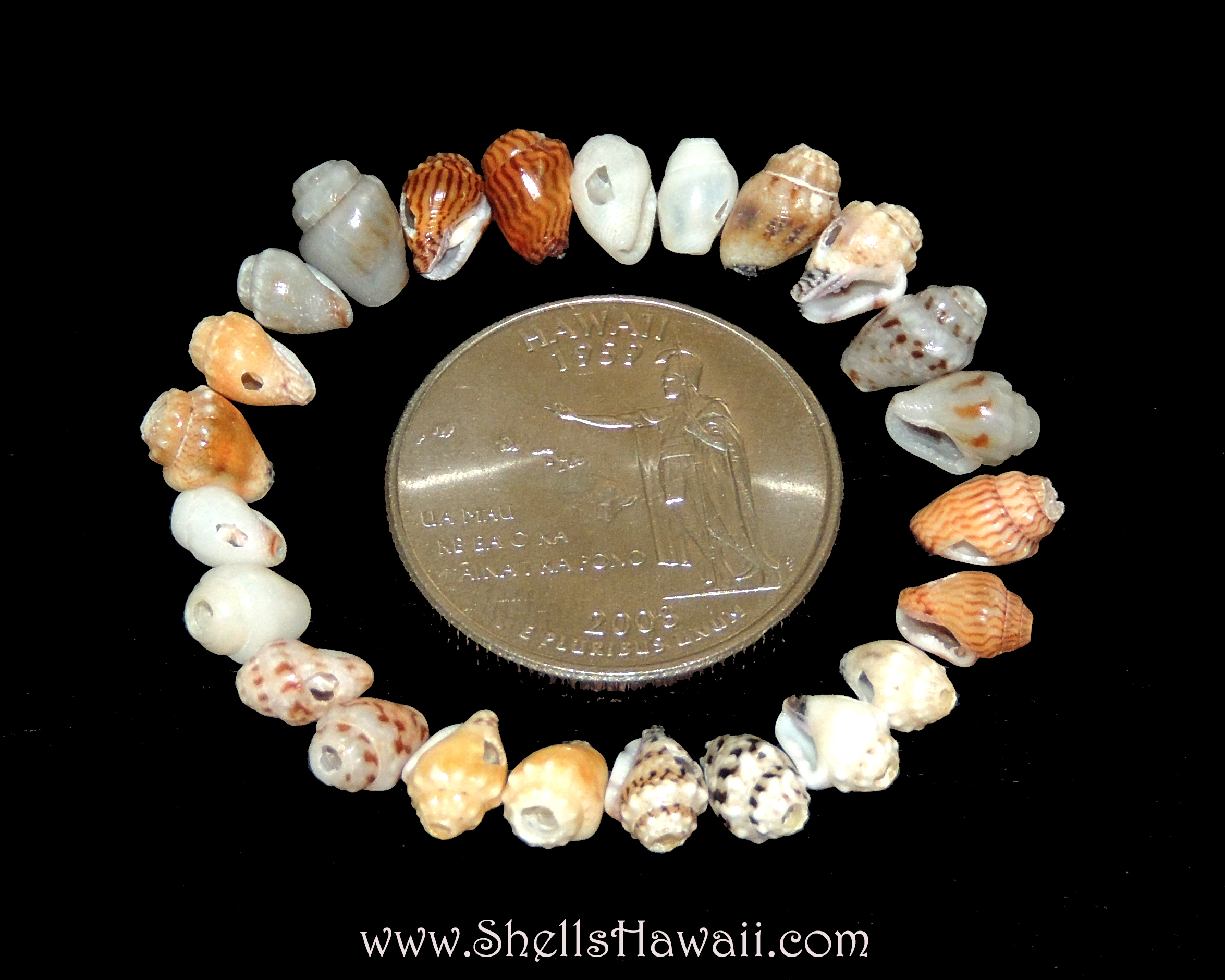
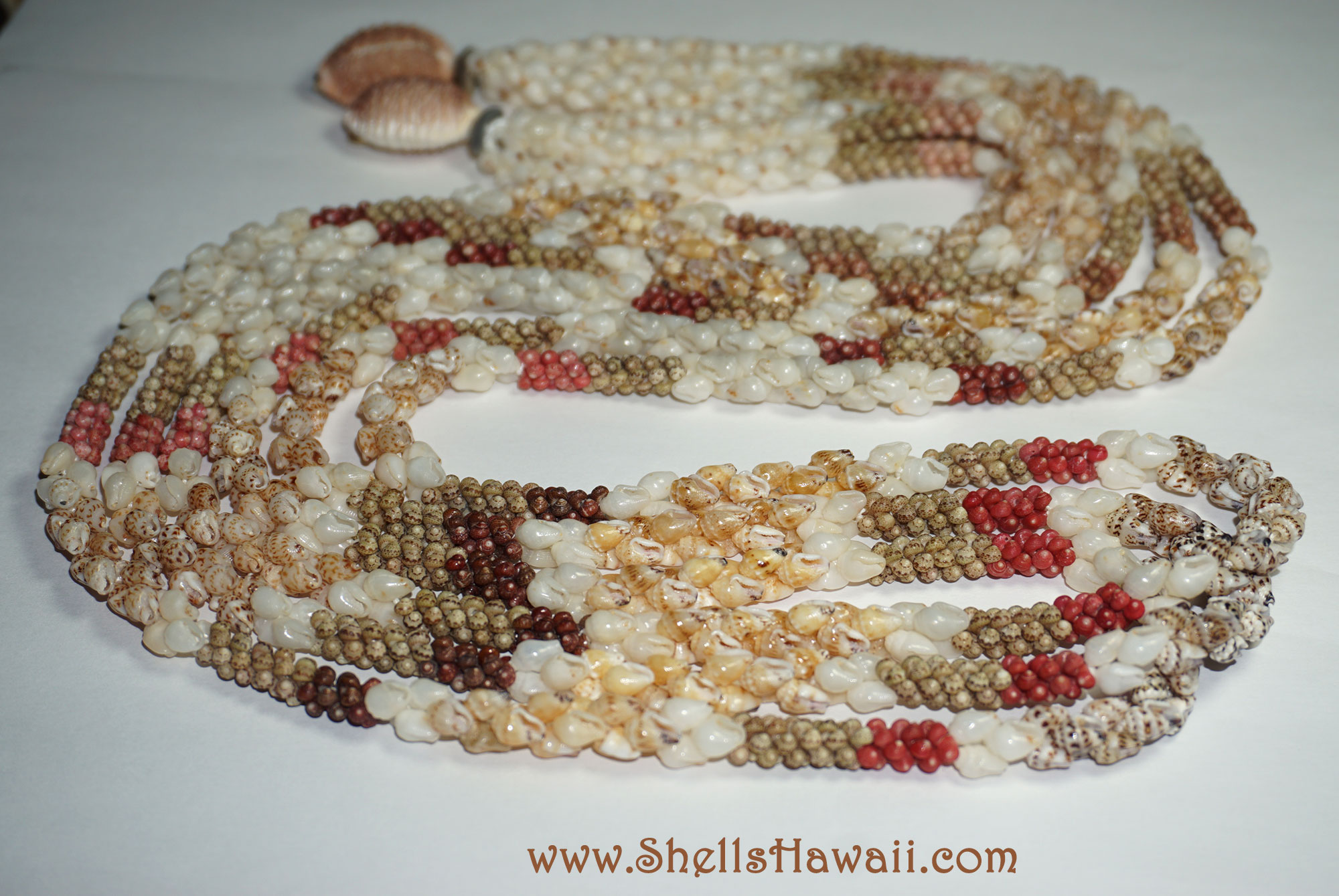
Momi vary in color from pure white to dark brown and almost black. The darker shade of each color group seems to be found less frequently than the lighter shades and that means the darker color is typically more sought after and of greater value.


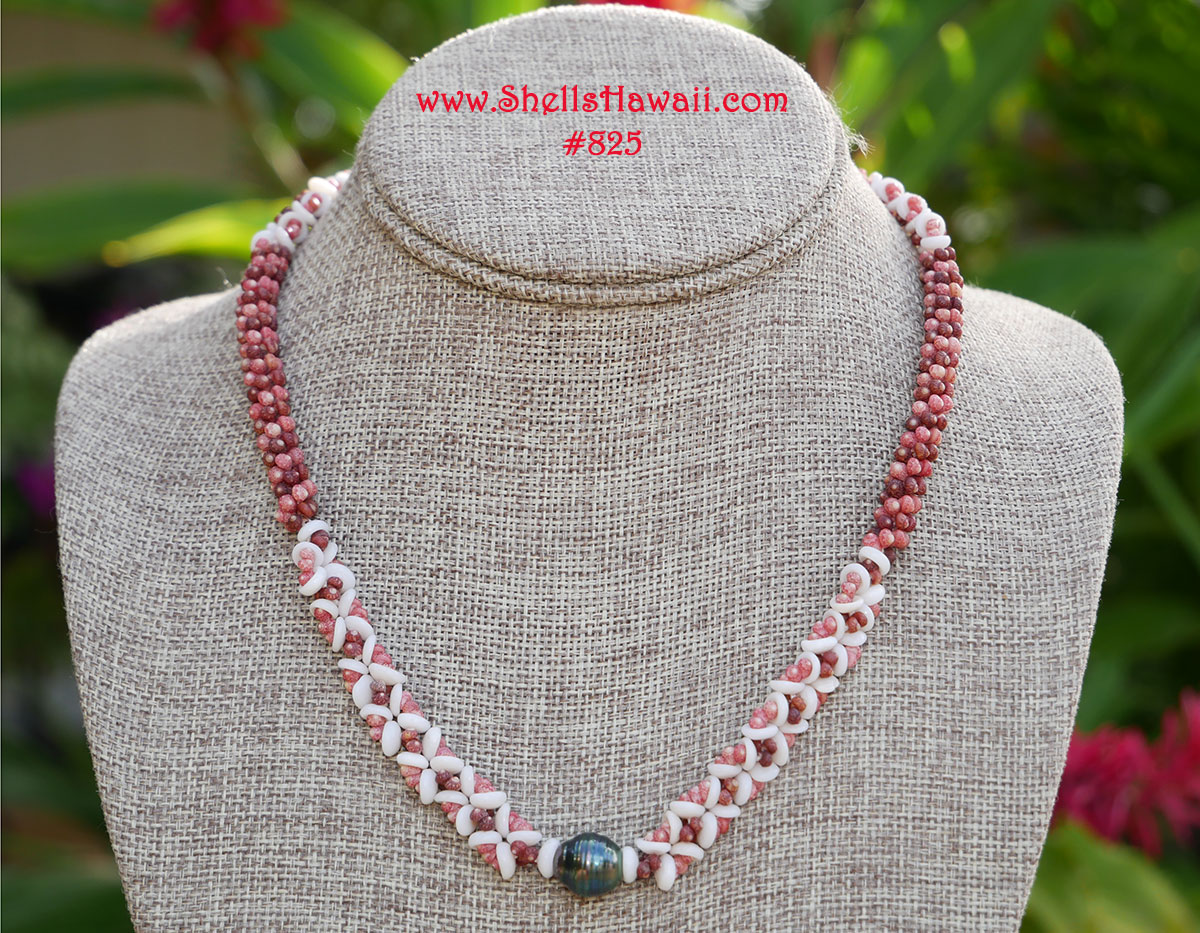
Puka shells or top Cone shells are commonly used in Hawaiian shell jewelry as clasps. They are also used in the creation of leis (necklaces). The Puka shells vary in color. The word Puka in Hawaiian language means hole and refers to the naturally occurring hole in the middle of the shell.
Hawaiian shell leis are frequently finished with cowry shells (family Cypraeidae) or puka shells to the ends of the leis. These shells create a strong, natural, and traditional style clasp.
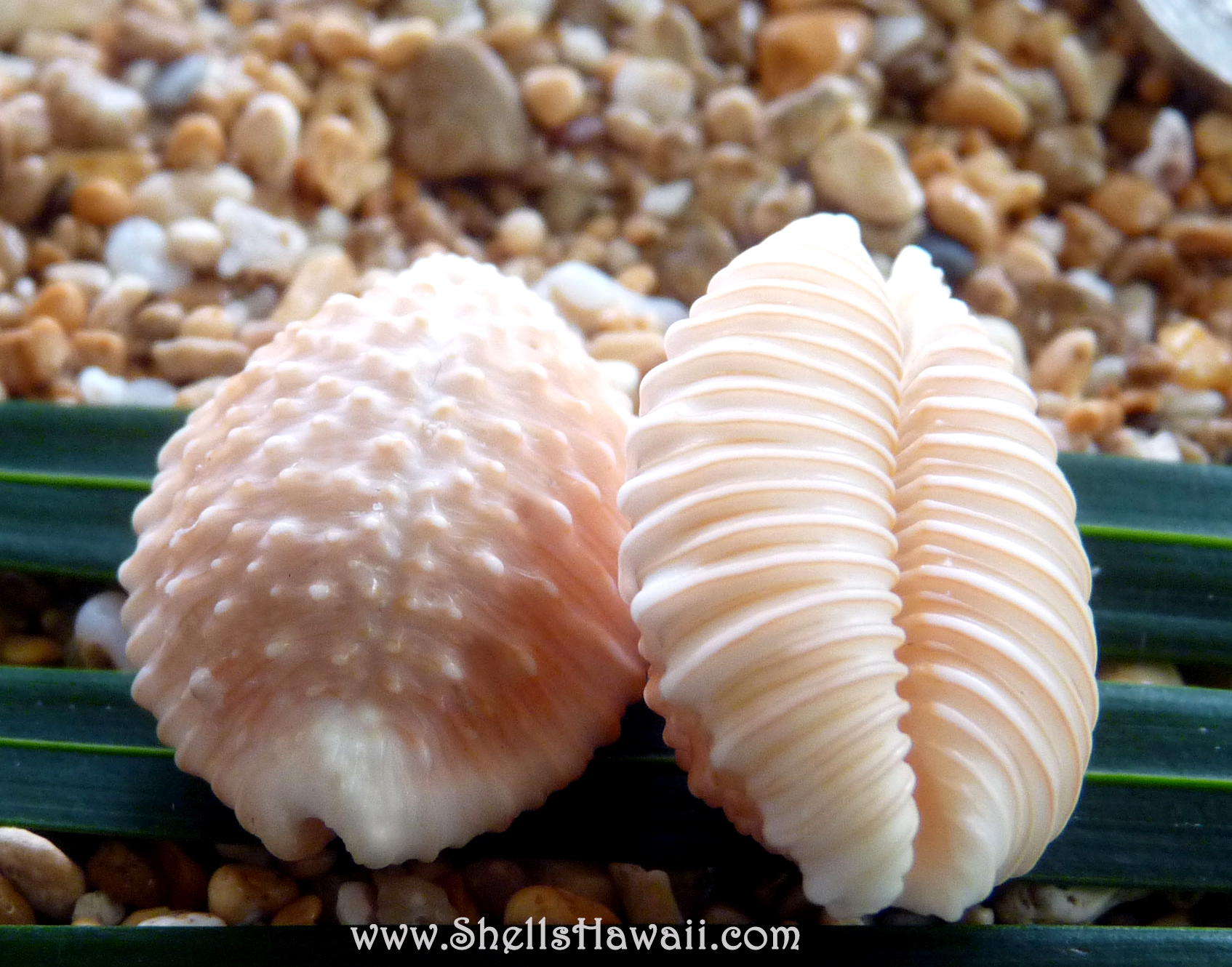
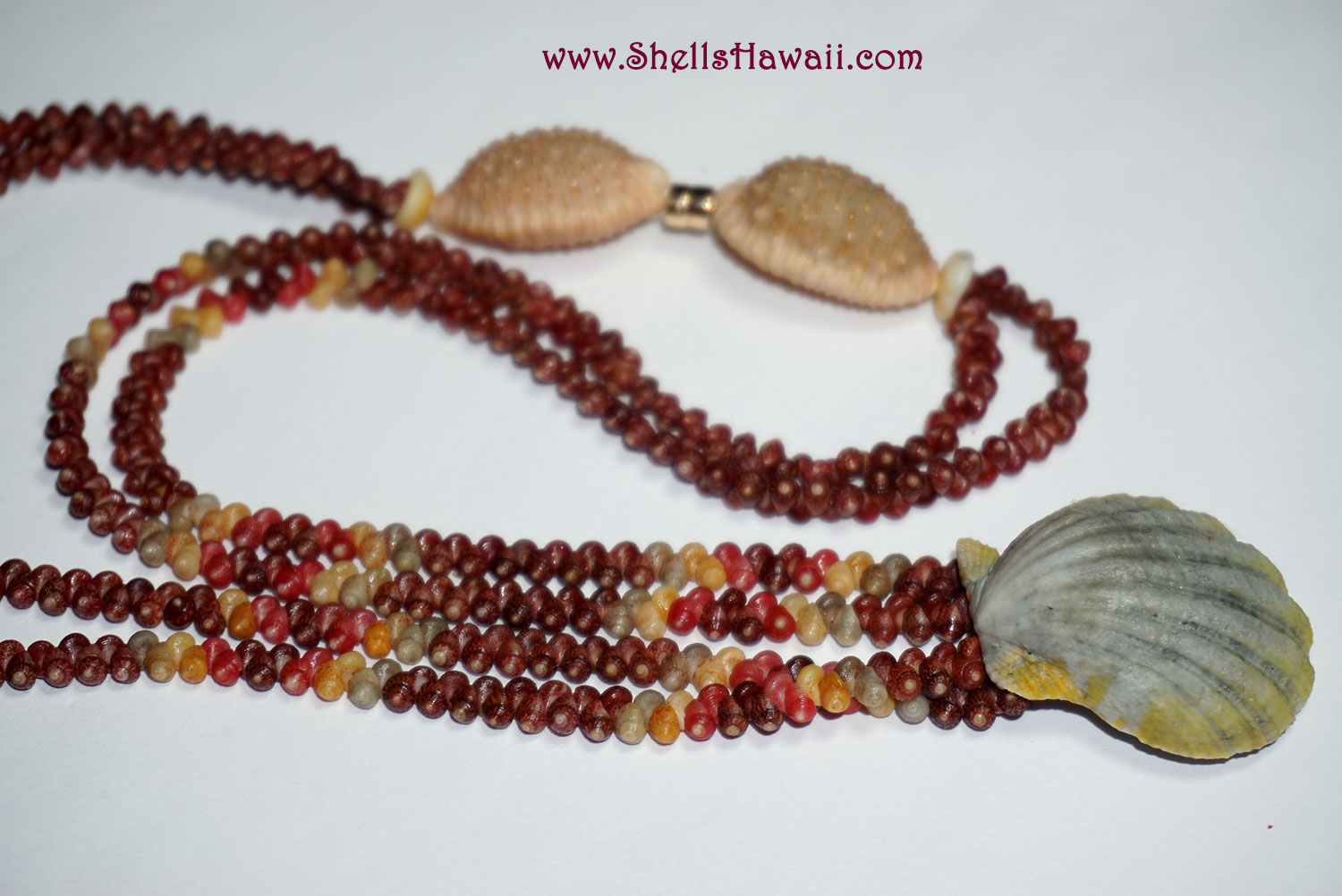
How to select a Hawaiian shell lei:
When it comes to Kahelelani shell leis, there are five main aspects that determine the overall worth of a piece.
1. Color: The shells in a perfect lei have been diligently sorted for color. If the desired style is monochromatic, then the shells should be matched as close as possible. For instance, if a necklace is to be pure burgundy, then no common brownish shells should be present to detract from the overall appeal of the burgundy. In a mixed color style piece, the color combinations should complement each other to maximise the beauty of each color.
2. Luster: Natural shell luster is a crucial feature when shopping for a shell lei. Shells that shine with a brilliant luster, similar to pearls, are the most sought after and attractive.
3. Flaws: Each individual shell should be near flawless. This means it should be free of chips and cracks. Often the Kahelelani shell has holes created from an octopus feeding on the tiny creature that lived inside the shell. Shells should also be free of debris and grains of sand.
4. Size: The most exquisite pieces are made with a uniform size or unique taper which helps create symmetry within the lei. Leis made from the smaller Kahelelani shell are extremely difficult to make, thus making them more valuable / collectable.
5. Craftsmanship: The quality of craftsmanship should be visibly apparent. The shells should be pierced in exactly the same place on each shell to ensure a smooth transition between the shells. The thread itself should not be visible between the Kahelelani shells. Also, when placed correctly, the shells will form a tight fitting pattern that will prevent the shells from turning and upsetting the overall style of the piece. Such techniuque also adds durability to the overall creation.
We hope this information was helpful to you and mahalo for visiting ShellsHawaii.com!
Please contact me should you require any further information.
Janjira
 Loading... Please wait...
Loading... Please wait...

 Visit my Etsy store
Visit my Etsy store












